Advertisement
Treatments for retinal dystrophies are in sight
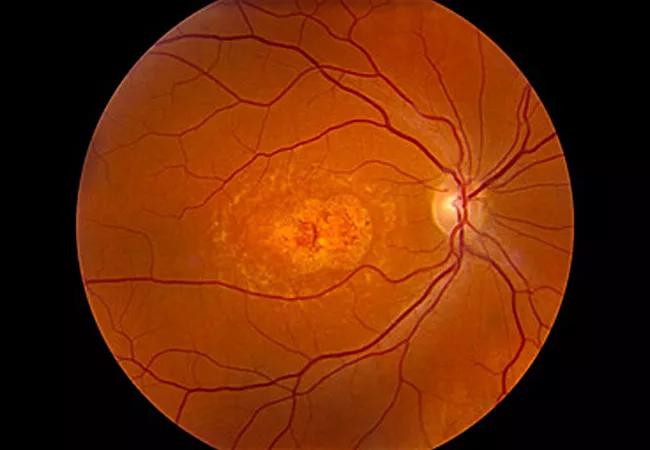
By Elias I. Traboulsi, MD, MEd
Advertisement
Cleveland Clinic is a non-profit academic medical center. Advertising on our site helps support our mission. We do not endorse non-Cleveland Clinic products or services. Policy
Ophthalmologists at Cole Eye Institute who specialize in retinal dystrophies work with genetic counselors and low vision specialists to assess and treat patients, and we are actively tracking the natural histories of these diseases in anticipation of emerging treatments such as gene replacement therapy and pharmacotherapy.
The delivery of a functional gene to the retinal pigment epithelium (RPE) has been achieved in patients with certain types of Leber congenital amaurosis (LCA) and choroideremia. In some, an improvement in retinal function as well as vision has been demonstrated. Clinical trials are ongoing for other retinal dystrophies such as Stargardt disease, X-linked juvenile retinoschisis and Usher syndrome type 1B, with results expected in the next few years.
The methodology involves incorporating the normal gene into the genome of an attenuated virus and injecting a load of such viruses under the retina or into the vitreous cavity. Ideally, the virus would then penetrate the RPE or other retinal cells; then, the gene and its driver would insert themselves into the DNA of the cell and would be transcribed into a functional protein, restoring the deficient cellular function.
This seemingly simple paradigm has been challenging to implement because of technical difficulties and safety concerns. First, an appropriate vector must be chosen that would allow a DNA insert of a specific size and the targeting of a specific retinal cell type. The delivery method must also avoid spreading the virus to the central nervous system and causing unwanted side effects. Another major concern is the possibility of inducing an immune response to the virus that causes ocular inflammation and impacts the retina and vision.
Advertisement
The success of experiments in animal models of retinal dystrophies, such as the Briard dog with RPE65 mutations, led the way to several encouraging human treatment trials. Complications were rare, retinal function was restored in the treated areas of the retina and vision was improved. Encouraging results in adults led to the enrollment of children with presumed larger numbers of living RPE cells, as well as bilateral treatments as opposed to the single eye injections of earlier trials. Advances in intraoperative imaging will undoubtedly make surgical interventions for gene therapy safer.
All retinal dystrophies lead to progressive loss of vision and eventual blindness, but some have slower or faster deterioration of retinal function that depends, at least in part, on the particular mutation(s) in the affected gene. While cross-sectional studies have been conducted to estimate the rate of progression of some, prospective studies are underway to document changes in vision and findings on imaging modalities so that the effects of treatment in clinical trials can be compared to those of untreated patients.
Selecting the appropriate patients for enrollment in trials, and for treatments in the setting of clinical practice, is critical and depends on a precise and firm molecular diagnosis. Retinal dystrophies are genetically heterogeneous, meaning that the same clinical phenotype can result from a number of distinct underlying genetic mutations. For example, mutations in RPE65 are only one of more than 20 causes of LCA, and some patients with RPE65 mutations present to the ophthalmologist at different times in life and can be diagnosed as typical LCA, early-onset childhood retinal dystrophy or retinitis pigmentosa, depending on the severity of their phenotype. Molecular diagnosis via genetic testing is absolutely necessary before a patient is considered for gene therapy.
Advertisement
Similar confusion in clinical diagnosis occurs in Stargardt disease in which mutations in ABCA4 lead to a number of clinical phenotypes, including classic early onset disease with subretinal flecks in the macular area, to later onset disease with generalized flecks (fundus flavimaculatus) or a clinical appearance of retinitis pigmentosa in the setting of a cone-rod dystrophy. We are currently involved in ProgStar, a natural history study sponsored by Foundation Fighting Blindness, to learn more about the disease.
Other diseases, such as X-linked juvenile retinoschisis, have more consistent phenotypes. The advances in genetic testing methodology and the availability of commercial genetic testing in CLIA-certified laboratories have made molecular testing accessible and precise. Testing must always be performed in the context of professional genetic counseling to ensure optimal expectations from patients and families, and the best explanation of implications and interpretations of results.
The decision to administer gene therapy in any particular patient with a retinal dystrophy is complex and depends on a number of factors including the natural history of the particular disease, the age of the patient, the results of clinical trials, the cost of treatment, and the overall context of the delivery of care, including the ability of the patient and family to comply with the necessary pre- and postoperative follow-up.
The next decades will undoubtedly witness significant advances not only in gene transfer therapy, but also in stem cell and pharmacological therapies for patients with retinal dystrophies. Promising work and clinical trials are underway, and patients as well as physicians are looking forward to a brighter future.
Advertisement
Dr. Traboulsi is Director of the Center for Genetic Eye Diseases, Cole Eye Institute.
Advertisement
Advertisement
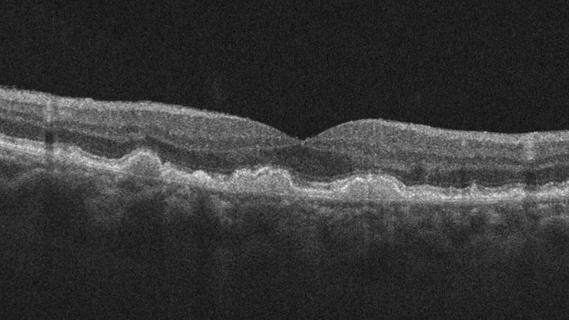
Early data show risk is 73% higher in patients with lupus, 40% higher in patients with rheumatoid arthritis

Identifies weak spots in the cornea before shape change occurs

Researchers to study retinal regeneration in zebrafish with new grant from National Eye Institute

30% of references generated by ChatGPT don’t exist, according to one study
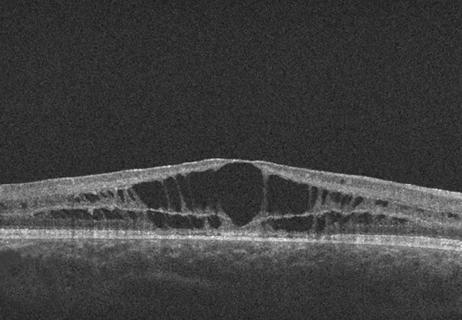
Study followed patients an average of eight years
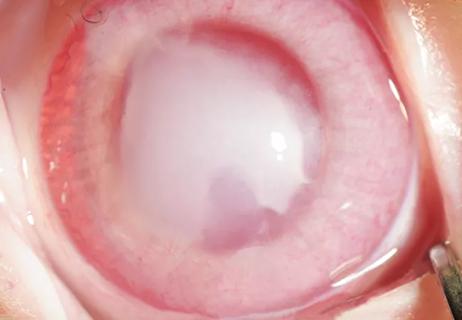
Studies indicate dramatic results when used topically with or without corticosteroids
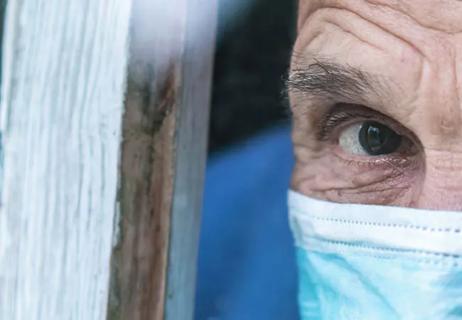
53% of participants didn’t need anti-VEGF for six months or longer
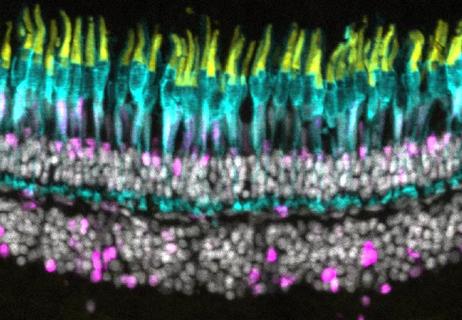
Notch pathway inhibition preserves retinal neurons and promotes regrowth in zebrafish